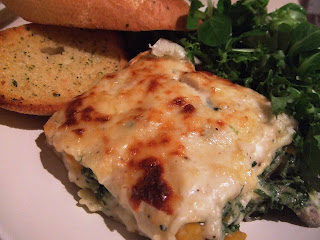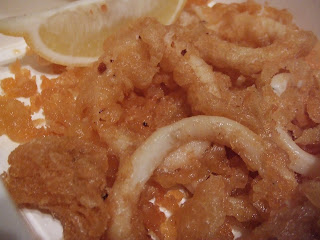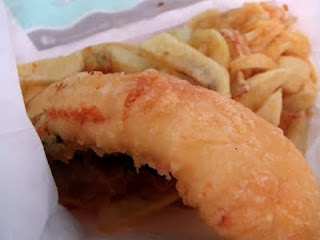 So this is what I did with the remaining third of my culinary pumpkin. It was getting towards the time of year when soup weather becomes more common so that seemed the obvious thing to make. This soup is lightly spiced with some Indian flavours and is thick and full-bodied from the vegetables. This isn't something that you need particularly accurately measurements for so everything can be scaled up or down depending on what ingredients you have and you can also increase the spicing if you want to.
So this is what I did with the remaining third of my culinary pumpkin. It was getting towards the time of year when soup weather becomes more common so that seemed the obvious thing to make. This soup is lightly spiced with some Indian flavours and is thick and full-bodied from the vegetables. This isn't something that you need particularly accurately measurements for so everything can be scaled up or down depending on what ingredients you have and you can also increase the spicing if you want to.Recipe (just about enough for four)
One third of a small pumpkin (peeled and chopped into small pieces)
2-3 medium potatoes (peeled and chopped into small pieces)
1/2 inch piece of ginger (peeled and crushed to a paste)
1 tbsp olive oil
2 fat cloves garlic (crushed)
1 tsp ground cumin
1 tsp ground corriander
1/2 tsp paprika
1/2 tsp ground chilli
1 pint of vegetable stock (approximately)
Salt and pepper for seasoning
Few tbsp double cream to finish
Warm the oil in a large pan and add the ginger, garlic and spices. Gently fry them for a few minutes and then put in the pumpkin and potato pieces. Stir thoroughly until all the vegetables are coated in the spice mix, and leave them to sweat slowly for around 10minutes.
Add the stock (I use Marigold vegetable bouillon powder) and leave the soup simmering for around 30mins until the pumpkin in tender. Give it a stir every now and then, and if it looks like it's becoming too dry then add some more stock or hot water. When everything is cooked through leave the soup to cool for a while and then check the seasoning. Blend with a stick blender to whatever consistency you like- I prefer my soup with a bit of texture to it rather than super-smooth. I think both the cooking method and blending got over my issues with the texture of this pumpkin that were a bit incongruous in the lasagne in my previous post. But it actually worked really well in soup, with its delicate flavour being complimented by the spices and somehow feeling quite decadent but healthy.
Gently heat the soup up whenever you want to eat it and add a bit of double cream for some extra richness. Serve with crusty bread, while gazing out over a wintery landscape.
Culinary pumpkin
I rate it 8/10 for soup making purposes
Cost: Around £0.70 for a smallish one

















































